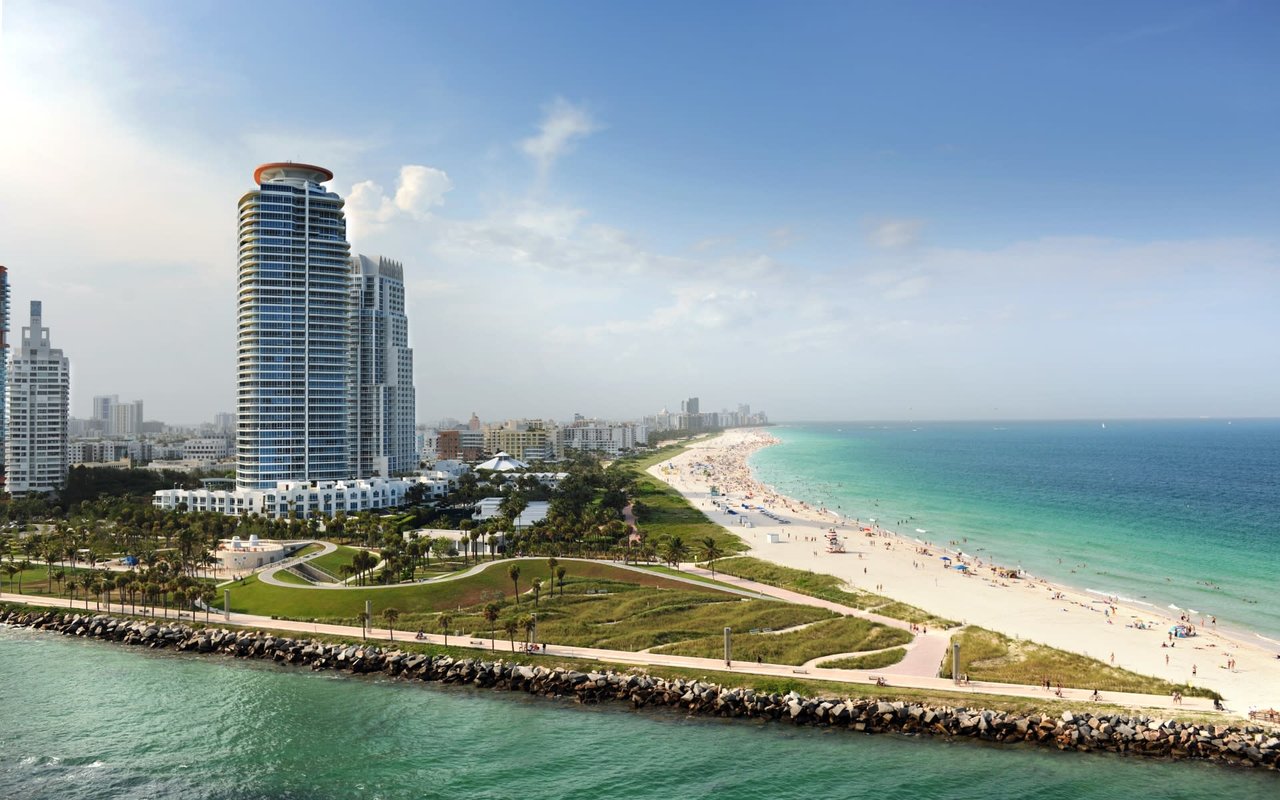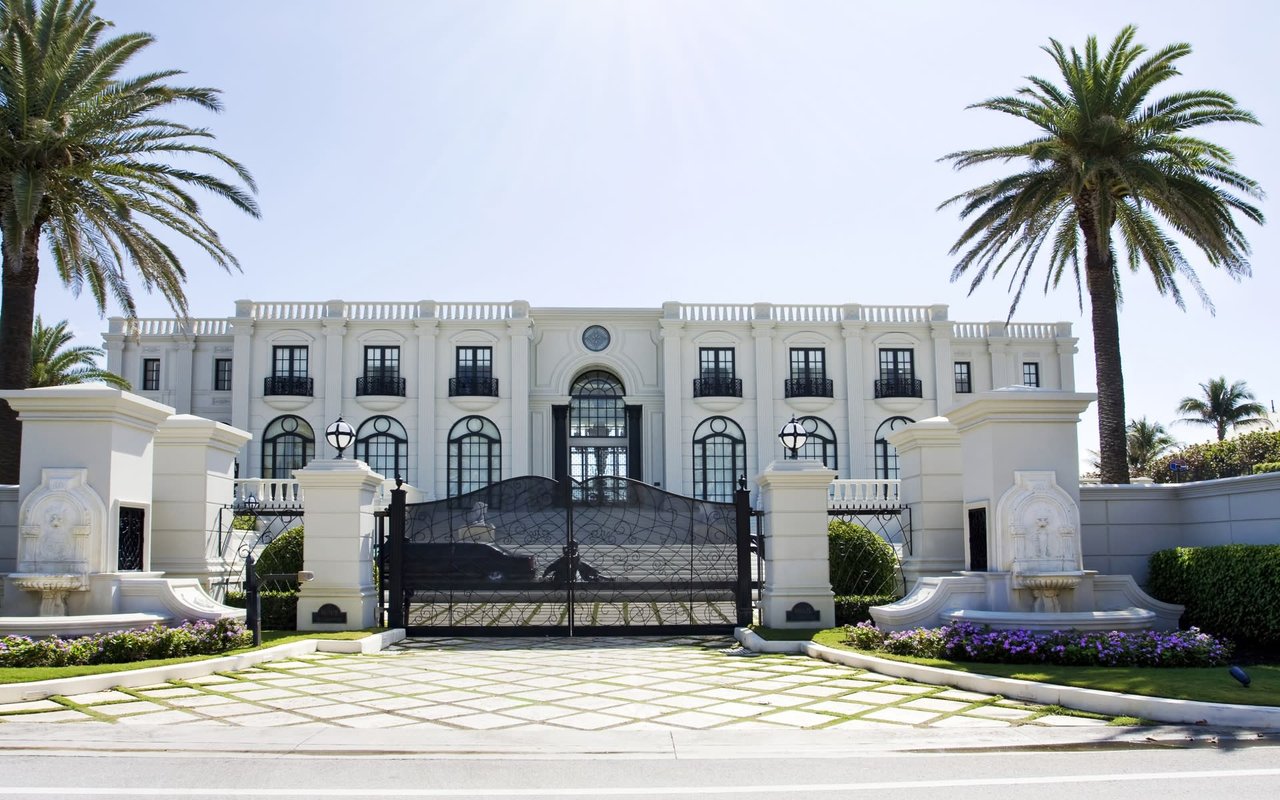
Art Investment: The Ultimate Guide to Discovering Emerging Artists
Pasquale Pisana, CIPS November 5, 2024

Pasquale Pisana, CIPS November 5, 2024
In today's dynamic market, art investment has emerged as a compelling avenue for portfolio diversification. With the global art market reaching unprecedented heights, understanding how to identify and invest in emerging artists has become increasingly crucial for both seasoned collectors and newcomers to the art world.
The contemporary art market has shown remarkable resilience, with emerging artists accounting for over 20% of total sales volume in recent years. According to the latest Art Basel and UBS Global Art Market Report, works by emerging artists have seen an average annual return of 7.6%, outperforming several traditional investment vehicles.
Investing in emerging artists offers unique advantages:
Lower entry points compared to established artists
Higher potential for appreciation
Opportunity to support developing talent
Early access to innovative artistic movements
"The key to successful art investment is identifying talent before the broader market catches on," says Maria Rodriguez, Director of Contemporary Collections at Azure Gallery. "Early collectors who invested in artists like Kehinde Wiley or Yayoi Kusama saw their investments appreciate exponentially."
While the potential returns can be significant, it's essential to understand the risks:
Market volatility
Limited liquidity
Authentication concerns
Storage and maintenance costs
While not definitive, an artist's educational credentials can provide insights into their technical foundation and professional network. Notable institutions include:
Track record matters. Look for artists who have:
Participated in juried shows
Held solo exhibitions at reputable galleries
Been featured in museum group shows
Received recognition from established art critics
Monitor these key indicators:
Gallery representation quality
Institutional acquisitions
In today's digital age, an artist's online presence can indicate market potential:
Engagement with collectors and institutions
Coverage in respected art publications
Social media following growth rate
Collaboration with established brands or galleries
Proper documentation is crucial:
Provenance records
Gallery documentation
Artist signatures and dating
Track an artist's market performance through:
Gallery price histories
Private sale records
Market comparison data
Quality representation often indicates potential:
Track record of the representing galleries
Geographic diversity of representation
Exhibition frequency
Marketing support
Look for consistent career progression:
Regular exhibition schedule
Increasing prices
Institutional interest
Awards and residencies
"A well-balanced art portfolio should include works at different price points and career stages," advises James Chen, Art Investment Advisor at Capital Arts Advisory. Consider:
Mixed media investments
Geographic diversity
Various career stages
Different artistic movements
Protect your investment through:
Comprehensive insurance coverage
Professional handling
Regular condition reports
Maintain detailed records:
Purchase documentation
Exhibition history
Conservation records
Transfer of ownership documents
Focus on factors that contribute to long-term value:
Artist's continued production
Market presence maintenance
Institutional recognition
Secondary market performance
Utilize digital tools:
Artsy for market research
Artnet for price databases
Instagram for artist discovery
Gallery websites for primary market access
Build relationships with:
Primary market galleries
Secondary market dealers
Art advisors
Consider professional guidance:
Market analysis expertise
Access to private sales
Due diligence support
Portfolio management
Develop a comprehensive research approach:
Gallery visit programs
Art fair attendance
Online market monitoring
Network building
Investing in emerging artists requires a combination of market knowledge, aesthetic judgment, and careful due diligence. Success in this field comes from building relationships, conducting thorough research, and maintaining a long-term perspective. Remember that while financial return is important, the intrinsic value of supporting emerging artists and contributing to the cultural landscape can be equally rewarding.

Your Complete Guide to Buying Property in Brickell: Miami's Premier Urban District

The Complete Guide to Florida Real Estate for Foreign Buyers: Essential Rules and Regulations

Cryptocurrency vs Real Estate Investment: A Comprehensive Comparison Guide


Celebrity Homes in Florida: Tax Breaks Attracting the Rich & Famous

Miami Yacht Club Membership: Your Complete Guide to Exclusive Nautical Living

Miami Valentine's Day History: A Century of Romance in the Magic City

What Defines True Luxury Real Estate in Miami? An Expert Guide

Moving to Miami: Your Complete International Buyer's Guide for 2025
Get assistance in determining current property value, crafting a competitive offer, writing and negotiating a contract, and much more. Contact me today.